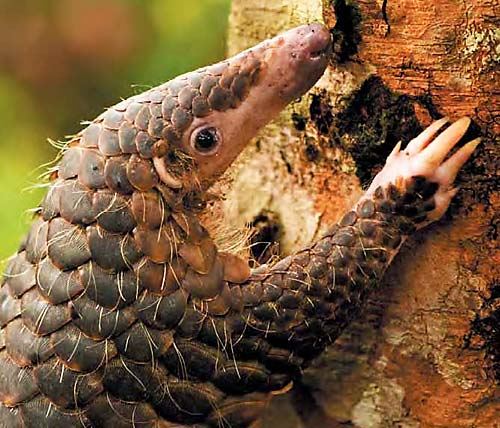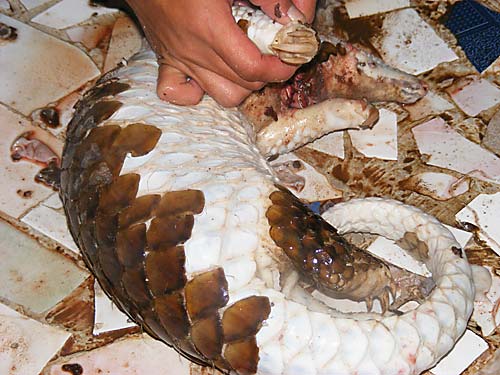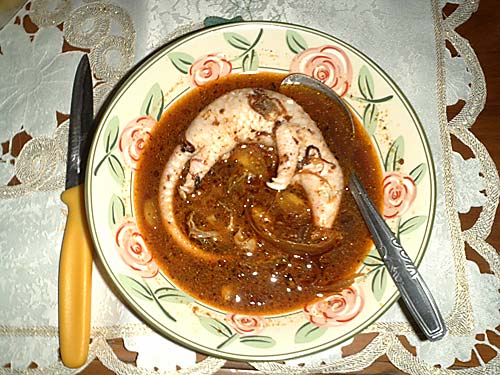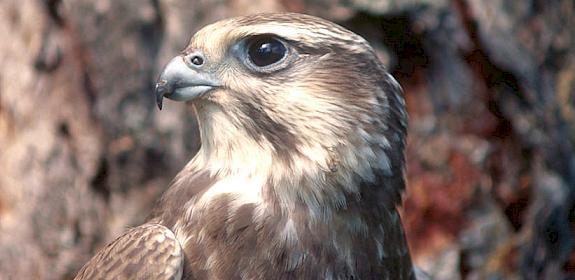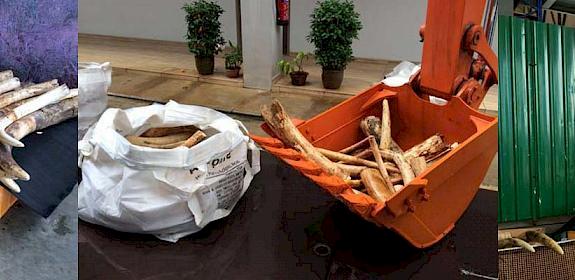Notes:
Tous les pangolins rencontrés dans le commerce illégal, sont d'origine sauvage, ils ne peuvent pas avoir été apprivoisés et reproduits à l'échelle commerciale.
Dans la nature, les pangolins se multiplient lentement, procréant juste un petit par gestation, et rendant ainsi les populations particulièrement vulnérables à la surexploitation.


